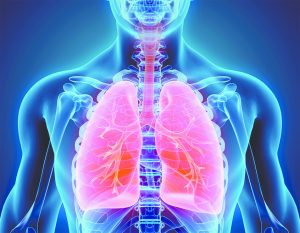CT (Computed Tomography)
What is a CT Scan?
CT (Computed Tomography) scans use rotating x-ray beams to acquire cross- sectional images of the body. The images are taken from different angles and are used to create 3-dimensional (3-D) views of tissues and organs. A dye may be injected into a vein or swallowed to help the tissues and organs show up more clearly.
A CT scan provides a high resolution image of the body and is currently the preferred method for diagnosing many diseases and injuries. CT scans can also be used for pre-operative planning, to diagnose cysts, tumors, blood diseases, blood clots, hemorrhages, infections and to monitor recovery from illness.
Our CT scanners provide excellent exam quality with fast acquisition speeds while delivering very low doses of radiation. Our computer-assisted reading tools also enable early detection, fast evaluation and precise follow-up of disease with all information available at the scanner before the patient is off the table.

Preparing for your CT Scan
Many types of CT scans do not require patient preparation, but some require either an oral dose or an IV injection of contrast material. Contrast provides improved definition of the internal organs and increases the sensitivity of the scan in terms of detecting some diseases. Oral contrast is also frequently used during abdominal and pelvic CT imaging.
Abdominal and/or Pelvic CT
No food or drink after midnight, except water to take medications. You may be asked to consume one bottle of oral contrast the night prior to your exam and a second bottle of contrast one hour before your appointment.
You may be asked to remove some or all of your clothing and to change into a scrub top, scrub pants or gown during the exam. You may also be asked to remove jewelry, eye glasses, hearing aids, removable dental work and any metal objects or clothing that might interfere with the CT images. Women should always inform the technologist if there is any possibility that they are pregnant.
CT Lung Cancer Screening
For beneficiaries to be eligible for annual lung cancer screening with low-dose CT, they must meet the following criteria under the new guidelines:
- Be between the ages of 50 and 77
- Be asymptomatic (no signs or symptoms of lung cancer)
- Have a tobacco smoking history of at least 20 pack years (One pack year
is equal to smoking one pack per day for one year, with one pack equal
to 20 cigarettes.) - Be a current smoker or one who has quit smoking within the last 15 years
- Receive an order for lung cancer screening with LDCT
The coverage decision also mandates that eligible beneficiaries undergo a shared decision-making consultation with their provider. This consultation must include discussion on the importance of annual lung cancer screening, the impact of co-morbidities on lung cancer risk, and
the importance of quitting smoking. This also must be documented in the patient’s medical record.
